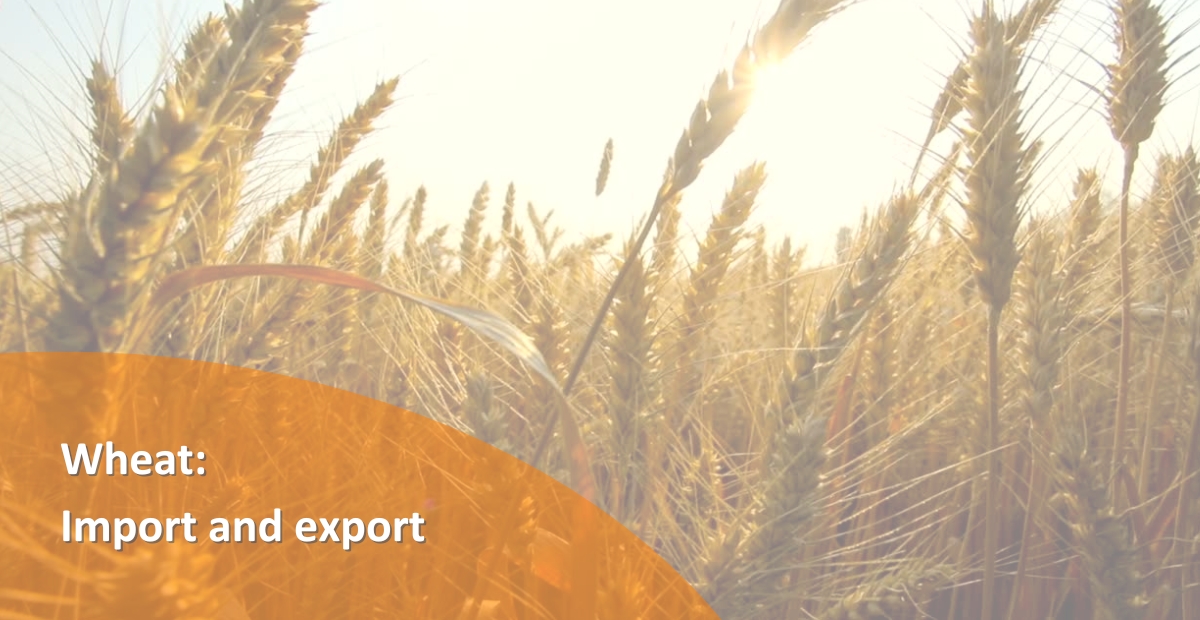PRODUCT CLASSIFICATION
Wheat is a cereal grain known for its versatility, as it’s being used to produce flour for pasta, bread and other foods, and nutritional values, for example it’s the major source of carbohydrates.
It comes in small golden kernels and it plays a central role in global diets and agricultural markets, because it’s widely cultivated and consumed.
Wheat is a part of Cereals, a category of the Vegetable Products section that includes a wide range of related by-products like Wheat except durum wheat, and meslin, and Durum wheat.
It also has a Product Complexity Index of -0.32, ranking 666 out of 1044 products in 2023.
This post will not consider a specific country’s market, but it will be focused on the Wheat trade in general.
OVERVIEW
In 2023, global trade of Wheat reached an amount of $65.8B, reflecting a decreased percentage of 16.6 from 2022, when it totaled $78.9B and, over the past five years, it has grown at an annualized rate of 5.71%.
In addition, during the same year, Wheat ranked 58 out of 1217 products, accounting for 0.29% of world trade.
EXPORT
In 2023 it was estimated that the main characters in the exportation scenario of Wheat were
- Russia - $11B;
- Australia - $9.7B;
- Canada - $9.09B.
Also, during the same year, the countries that registered the highest share of this category in their export portfolios were
- Ukraine - 8.98%;
- Latvia - 5.79%;
- Moldova - 5.29%.

IMPORT
In 2023 it was revealed that the leading importers of Wheat category in global trade were
- Egypt - $4B;
- China - $3.55B;
- Indonesia - $3.49B.

CONCLUSIONS
In 2023 the Wheat trade experienced both growth and crisis due to climate challenges and geopolitical tensions that affected the supply chains.
However, demand remained strong, driven by the need for affordable food resources and it continued to be a vital commodity, with innovations in sustainable farming and crop resilience pointing to a promising future for the industry.
Source: https://oec.world/en


